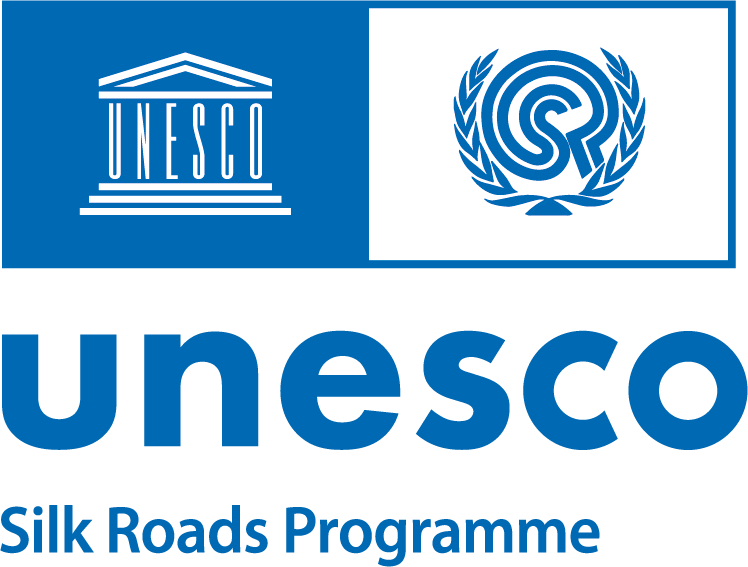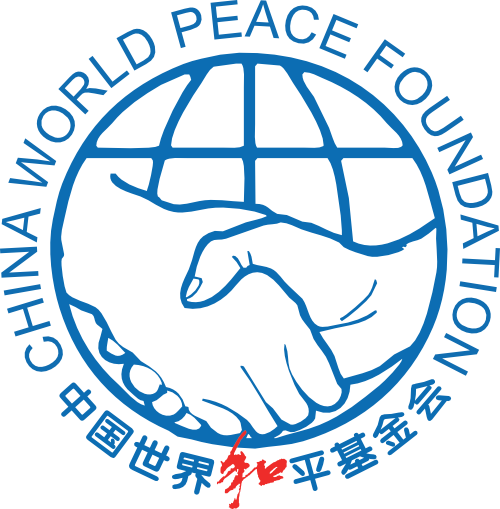The Silk Roads bear witness to an architectural legacy that spans millennia. These historic trade routes were not only conduits for the exchange of goods but also of ideas, culture, and architecture. The cities that emerged along the Silk Roads were not merely important commercial hubs but also cultural and architectural centres, reflecting the cosmopolitanism and diversity of the region.
With their favourable climate and verdant gardens, the oases of the Silk Roads have always triggered the ambitions and imagination of powerful rulers. They constructed their capitals there, erected mausoleums to commemorate their ancestors and decorated the cities with monumental temples, mosques and squares. The impressive architecture of the Silk Roads cities is the product of prolific artistic exchanges combing and reinventing visual vocabularies brought to them by craftsmen and builders originating from Damascus to Isfahan, and from Urgench to Delhi. However, motifs and skills were not directly reappropriated but were instead transformed in accordance with local cultures including Zoroastrian, Hindu, Buddhist, Christian, Jewish and Islamic aesthetics, availability of materials and building traditions.
The Silk Roads were cradles of innovation, as ancient and medieval cities became centres of learning, culture, and architecture. Their artistic excellence combined with exquisite decorum was the product of continuous exchanges, mixing and melding of traditions.
Today, the architectural and cultural legacy of the Silk Roads remains a testament to the rich history of the region and its potential for future growth and development. Modern cities along the Silk Roads, such as Istanbul, Tashkent, and Xi'an, continue to reflect the cosmopolitanism and diversity of the region, while also serving as important centres of commerce, tourism, and culture.
Photographers interested in exploring the theme of Architecture, Monuments, and Urbanism along the Silk Roads might capture:
- The grandeur of ancient and medieval cities along the Silk Roads, including their monumental citadels, temples, mosques, and palaces;
- The internal architecture and designs of the historic monuments and places ;
- The mix of architectural styles and motifs found in the Silk Roads cities, reflects the diverse artistic influences across the region;
- The modern cities and monuments that continue to reflect the legacy of the Silk Roads, such as towering skyscrapers and museums;
- The impact of urbanism and architecture on the people and communities of the Silk Roads, from traditional neighbourhoods to modern urban sprawl;
- The role of architecture and urbanism in promoting sustainable development and cultural heritage preservation along the Silk Roads, and its impact on local communities.

